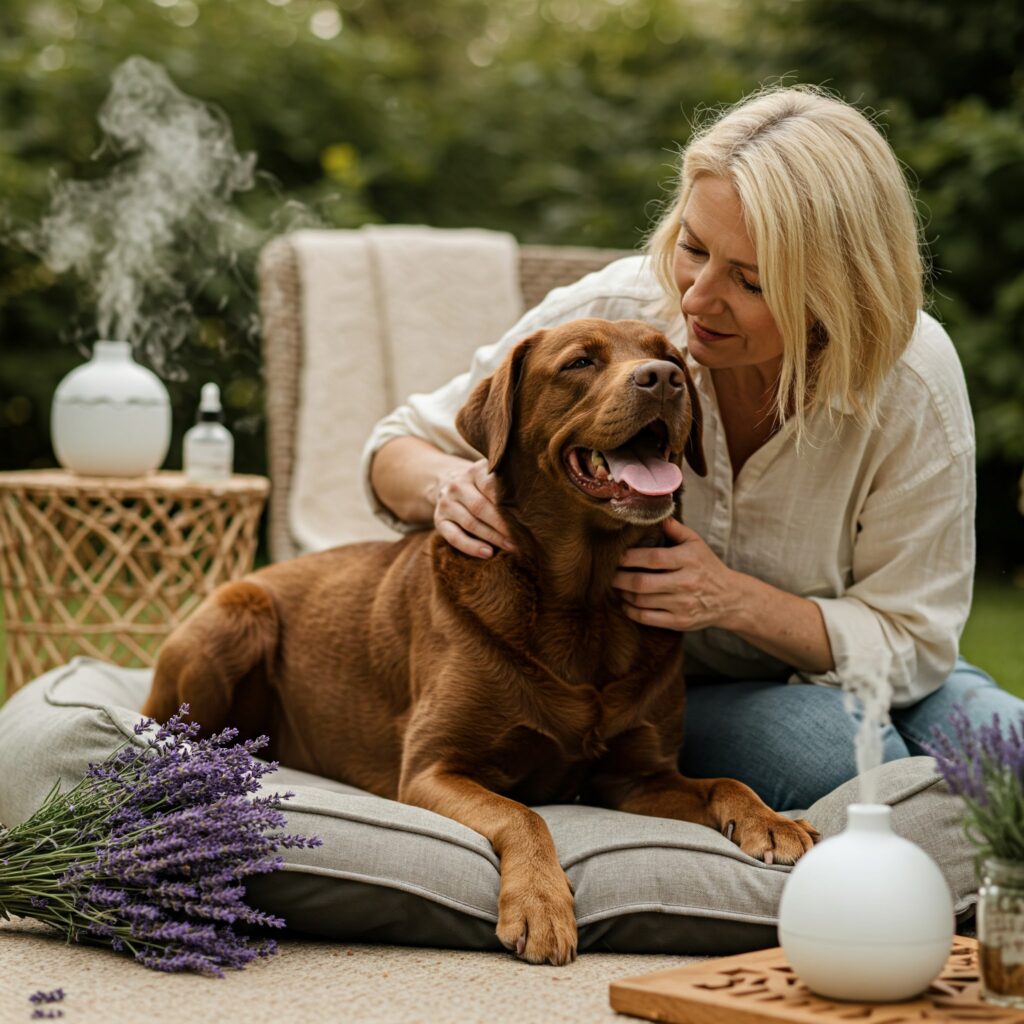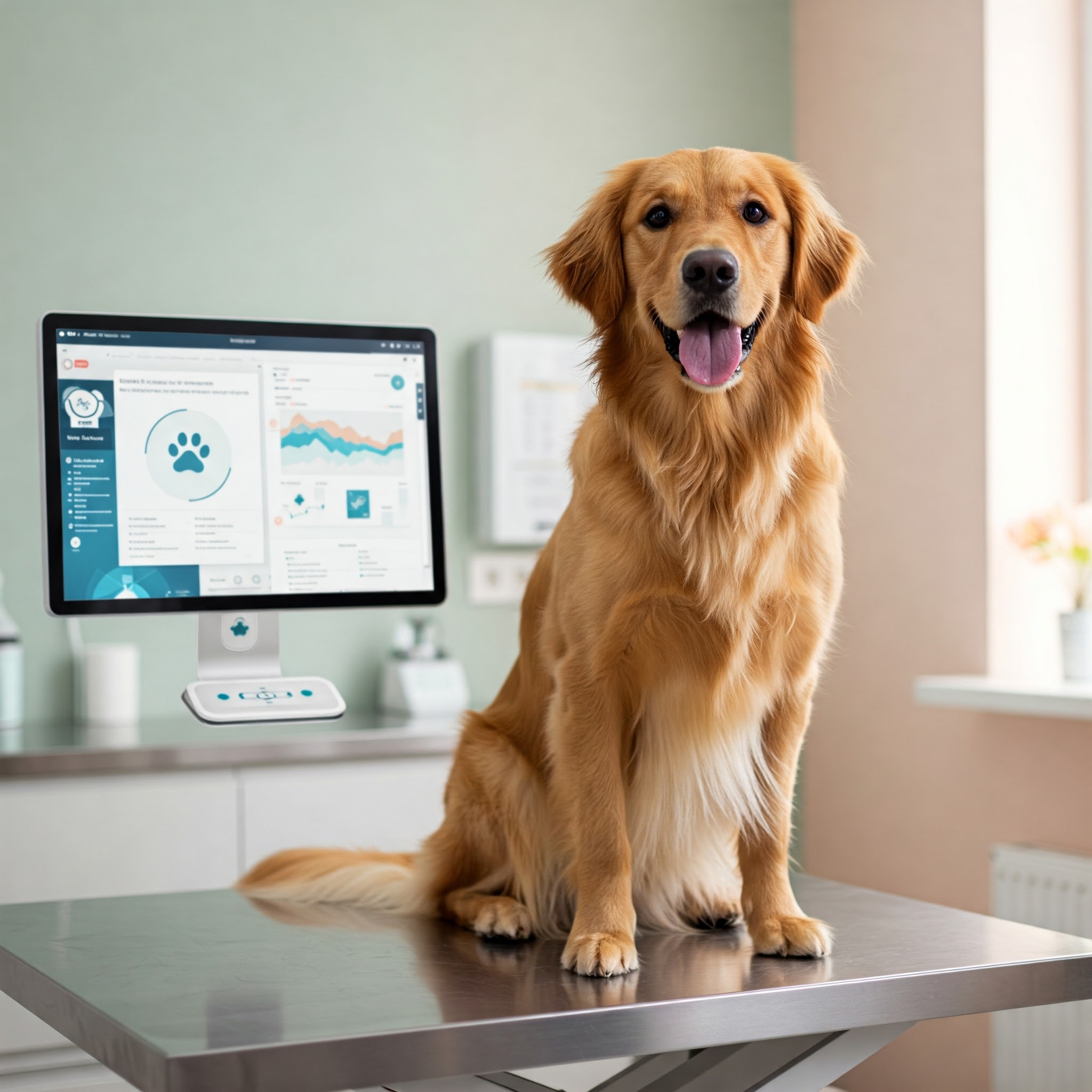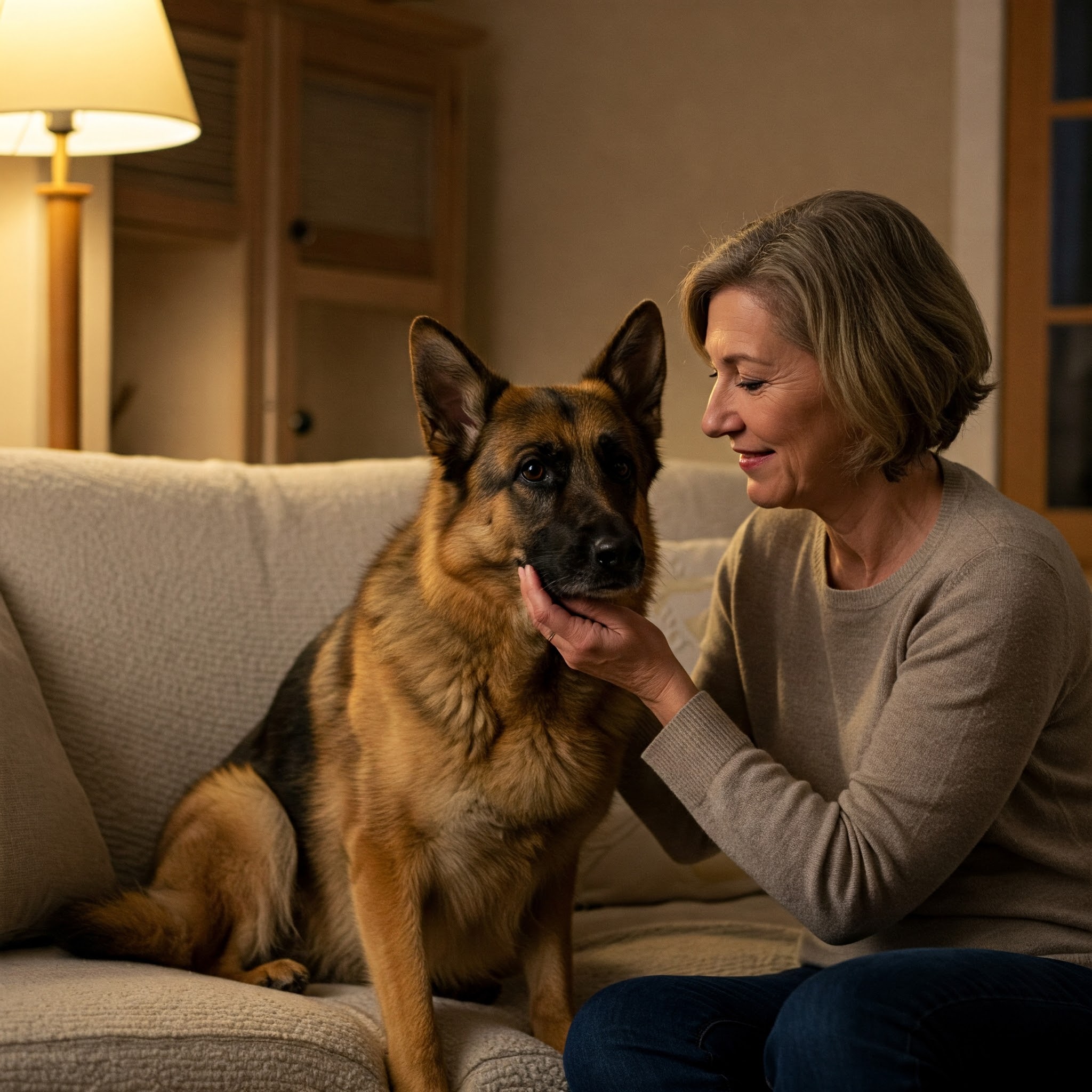
Is your dog feeling anxious or stressed? Discover gentle, natural ways to ease their anxiety without relying on medication. This complete guide will help you identify signs, create a calming space, and use holistic techniques to support your dog’s emotional well-being.
Understanding Dog Anxiety and Why Natural Remedies Matter
Just like humans, dogs can suffer from anxiety. Loud noises, separation, travel, or past trauma can leave them feeling scared or unsettled. You might notice them barking excessively, hiding, or pacing around the house.
Instead of turning to pills right away, many dog parents are embracing natural anxiety relief methods that offer long-term benefits. These techniques not only calm your dog but also strengthen your bond and improve their overall health.
🚨 How to Recognize Anxiety in Dogs
Before you can calm an anxious dog naturally, it’s important to spot the signs of stress.
Common Behavioral Symptoms
- Barking, whining, or howling excessively
- Pacing or circling
- Shivering or trembling
- Difficulty settling down
Physical Signs of Anxiety
- Panting or drooling when not hot
- Repeated yawning
- Avoiding eye contact or hiding
- Tail tucked, ears back, lip licking
🐾 Tip: Sudden changes in your dog’s behavior may indicate anxiety. Keep an eye out for subtle clues.
🩺 When to See a Vet
If symptoms are severe—such as constant panic, collapse, or refusal to eat—it’s time to contact your vet. They’ll rule out any underlying health issues and may suggest personalized care.
Try Vet AI (100% Free. No Login Required)

Check symptoms and understand your dog’s health better
🏡 Create a Calming Environment at Home
A peaceful space can ease anxiety naturally. Try these simple adjustments:
Designate a Safe Space
Create a cozy corner with your dog’s bed, blanket, and favorite toys. Keep it quiet and free from distractions.
Use Calming Sounds and Lights
- Play soft music or white noise to reduce external disruptions.
- Use dim lighting or natural light to avoid overstimulation.
Reduce External Stress
Close windows during thunderstorms or fireworks. Avoid exposing your dog to sudden loud noises or chaotic settings.
🌿 Natural Remedies and Calming Products
Natural solutions can work wonders when used consistently and correctly. Here are a few options:
Herbal Supplements
- Chamomile – mild sedative and anti-anxiety herb
- Valerian Root – relaxes muscles and calms nerves
- Lavender – promotes relaxation
✅ Always follow dosage recommendations and consult your vet.
Calming Pheromones
Try Adaptil diffusers or collars which mimic the natural pheromones a mother dog releases. They’re odorless to humans but soothing to dogs.
CBD Oil (With Vet Approval)
Cannabidiol is gaining popularity for managing anxiety. Make sure to use pet-safe, vet-approved products only.
Essential Oils for Dogs
Use lavender or chamomile essential oils in a diffuser—but never apply directly to your dog’s fur or skin.
🐕 Behavioral Training to Calm an Anxious Dog Naturally
Changing your dog’s emotional response to stress takes time and consistency.
Desensitization & Counter-Conditioning
Slowly expose your dog to stressors in a safe way. For example, play firework sounds softly while rewarding calm behavior.
Positive Reinforcement Training
Teach calming cues like “settle” or “relax.” Praise and treat when your dog responds calmly to anxiety triggers.
Mental Enrichment & Exercise
Interactive toys, sniff walks, and brain games can distract anxious minds and burn off nervous energy.
🌱 Holistic Therapies That Help
Some dogs benefit from complementary wellness therapies.
Canine Massage
Gently massaging your dog helps relax tense muscles and soothes the nervous system.
Acupuncture or Chiropractic Care
Certified pet practitioners can use these techniques to help reduce anxiety and pain.
Aromatherapy
Use a pet-safe diffuser with calming oils like lavender. Observe how your dog reacts and stop use if discomfort occurs.
📔 Track Progress and Adjust Your Approach
Every dog is different. Keep a log of:
- Symptoms
- Remedies or changes you tried
- What worked or didn’t work
It might take a few weeks, but consistency pays off. If symptoms persist, speak with a vet or canine behavior expert.
🐾 Final Thoughts: Natural Calm Is Possible
You can calm an anxious dog naturally through thoughtful changes, herbal support, and consistent care. By focusing on your dog’s emotional well-being and responding gently to their needs, you’re not just easing anxiety—you’re building trust and a happier life together.
💚 Every calm tail wag is a small victory. Your love, patience, and holistic approach can transform your dog’s world.
Also Read:
- Planning a Hike🥾? Don’t Forget Your Dog’s Backpack!
- Treat Time Upgrade: Bake These Yummy & Healthy Dog Treats Today!
- How to Keep Your Dog Fit Indoors—Even in a Tiny Apartment!
- Make Your Dog an Instagram Star with These Photo Tips 𓃦 📸
- 7 Heartwarming Ways Dogs Say “I Love You” ❤️
AI Tools You May Love (100% Free. No Login Required)

Check symptoms and understand your dog’s health better


